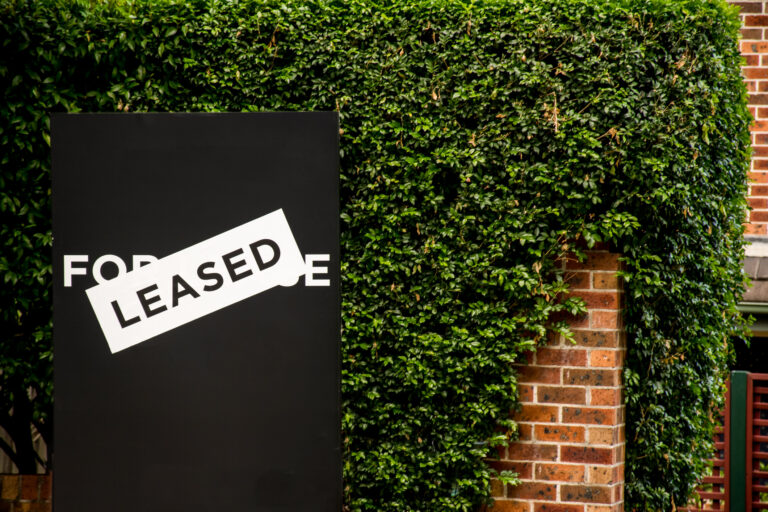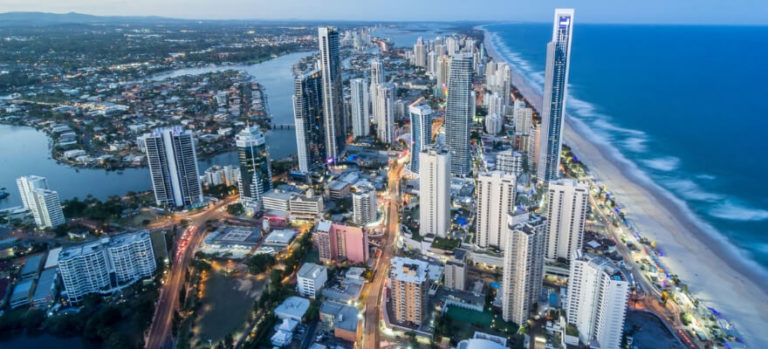Time to read: 3 mins
To be eco-friendly refers to the practices that make someone more conscious about how they absorb natural resources. Daily habits of a running household include using less water, gas and electricity are common examples. We understand how we humans can be eco-friendlier, but how can a house?
Here is what features and solutions make a home environmentally sustainable:
Sustainable Materials & Products
If a home utilises materials made from recycled products containing glass, wood, metal or plastics it can be considered sustainable. In terms of what is added during the construction of a home to make it sustainable, it all comes down to longevity and natural resource conservation.
A sustainable home will include energy and water saving features, such as efficient lighting solutions, rainwater tanks, etc. Other features can include solar panels or wind power systems, low-flow water fixtures, eco-friendly insulation and paint materials, and other such examples.
Here are the main features of a home that make it sustainable:
- Higher than normal levels of thermal insulation;
- Better than normal airtightness;
- Good levels of natural light;
- Passive solar orientation;
- Thermal mass to absorb solar heat;
- Heating from renewable resources (solar, heat pump, wind, etc.)
- Rainwater harvesting;
- Greywater collection;
- Composting toilets;
- Sewage repurposing;
- Double glazed windows,
- Growing plants;
An eco-friendly house means a dwelling that has a low impact on the environment. Buildings use up an enormous amount of energy and materials. A sustainable home takes this into account and tries to reduce its environmental footprint by using reclaimed materials and renewable energy solutions. The better a development is at this process the more sustainable and eco-friendlier it is considered to be.










